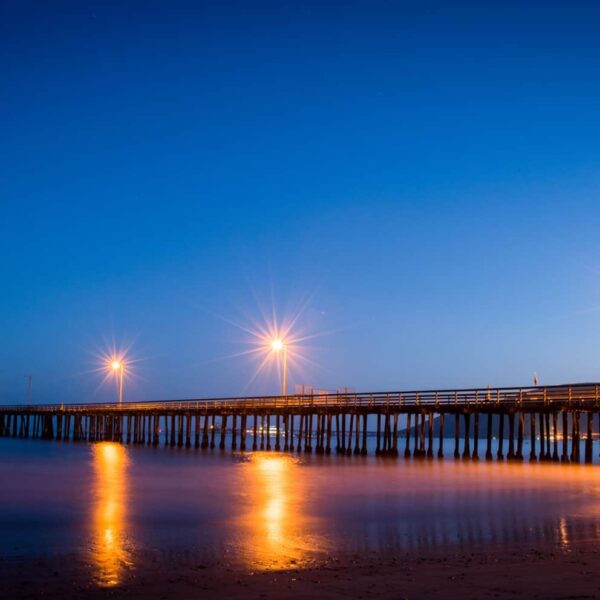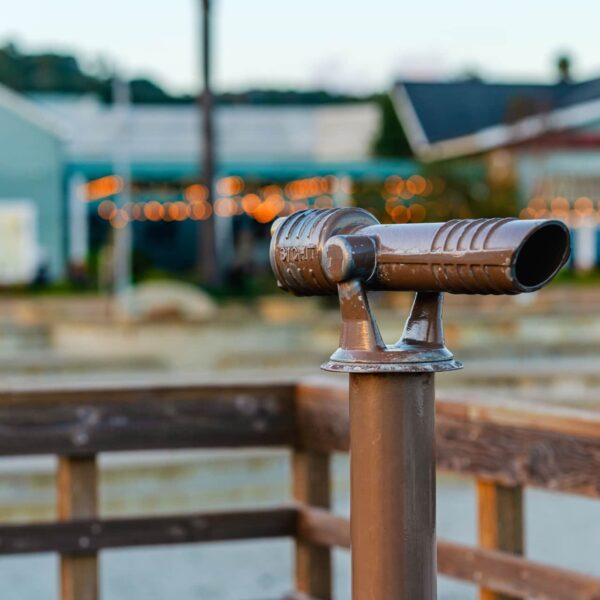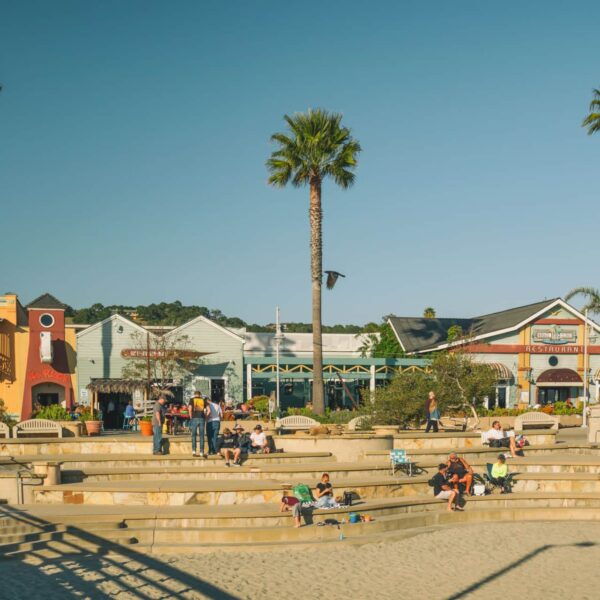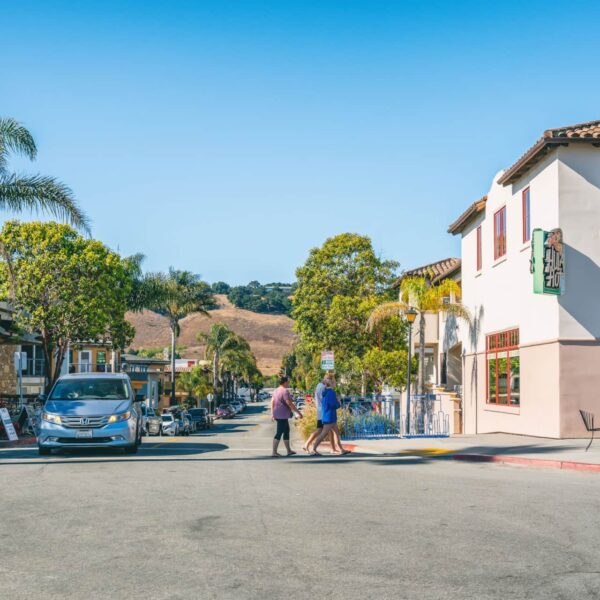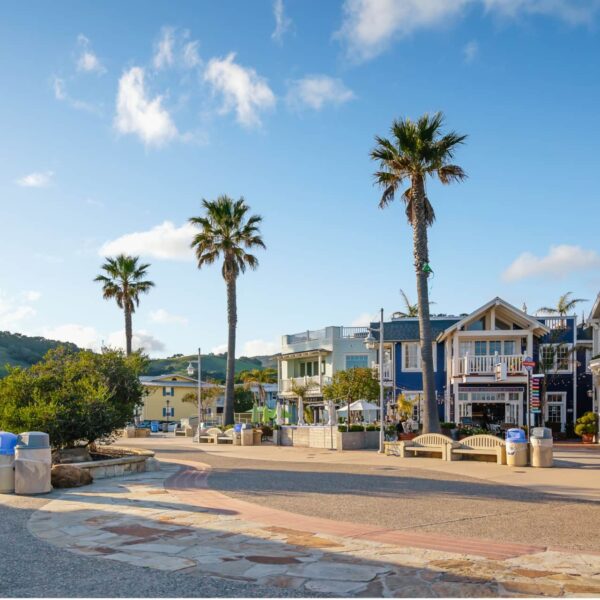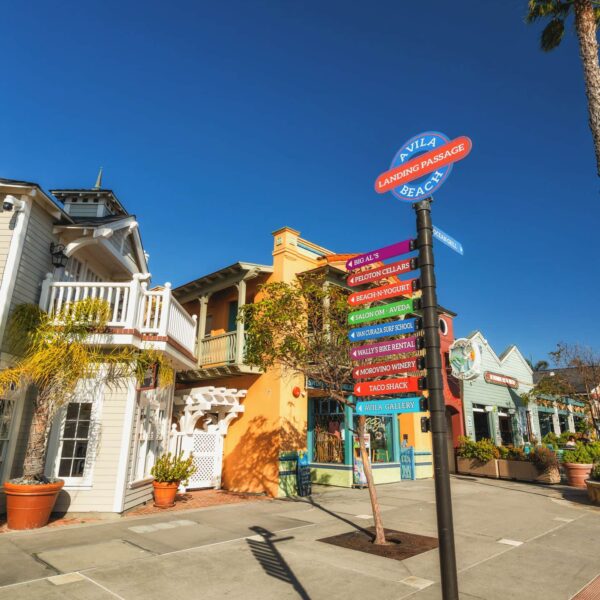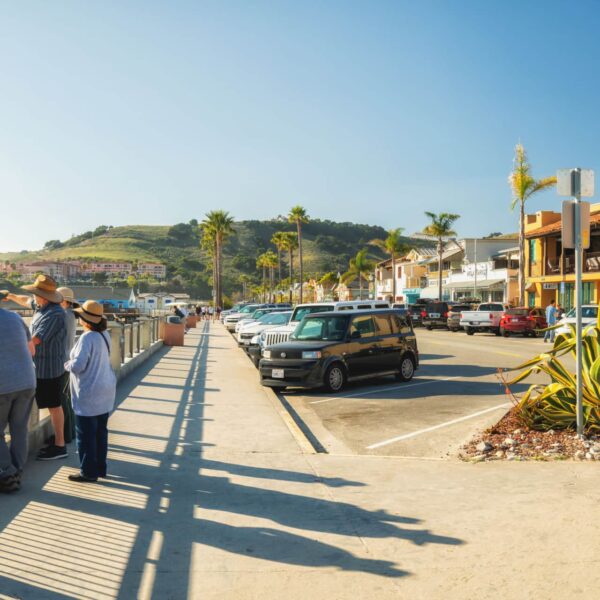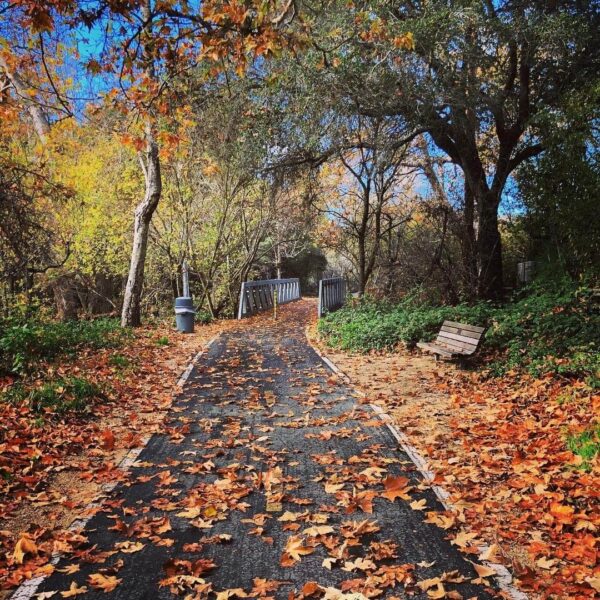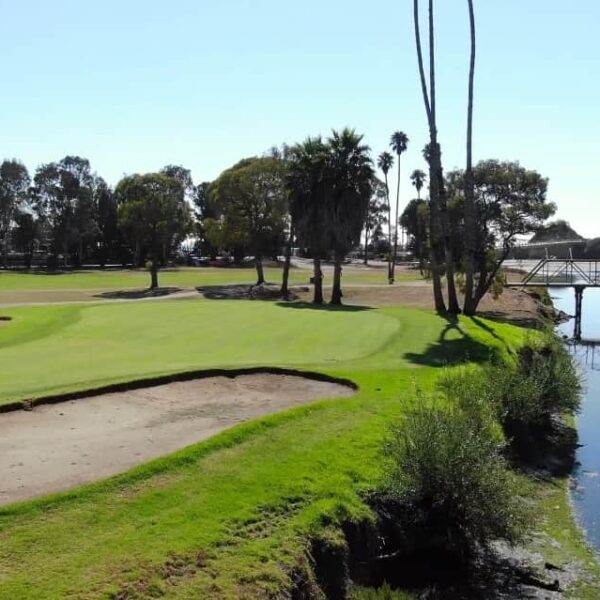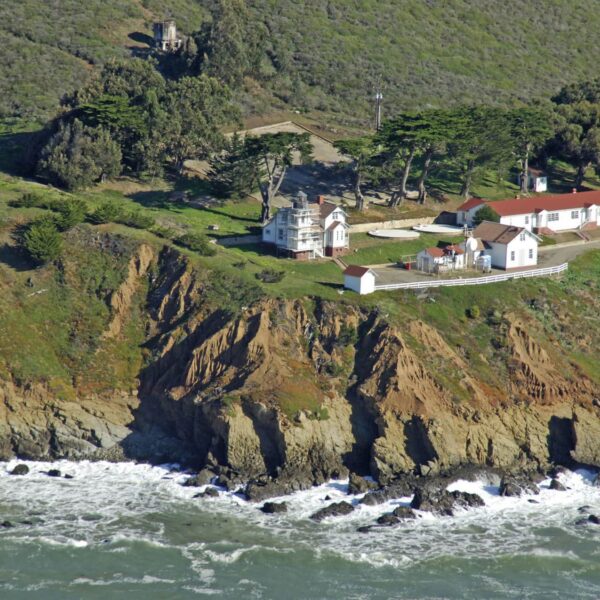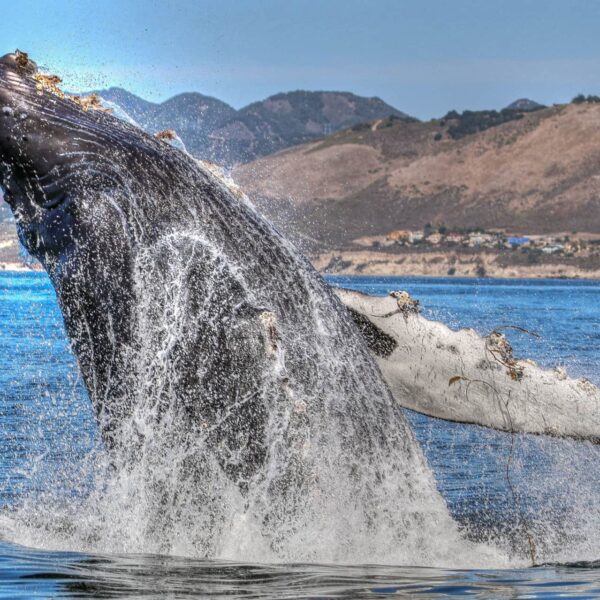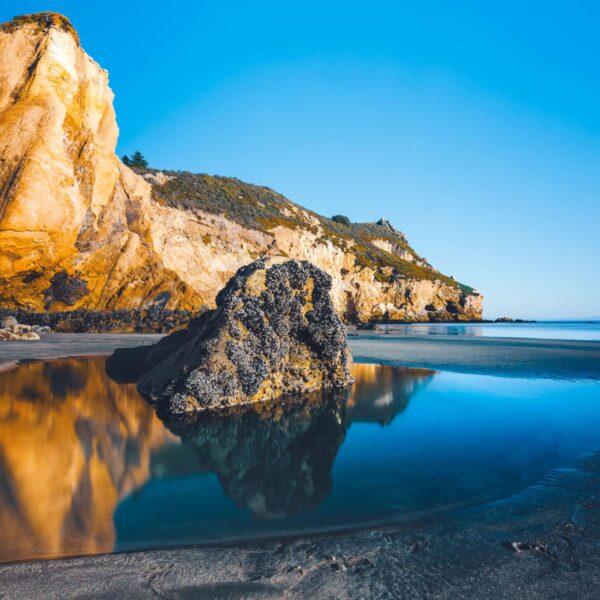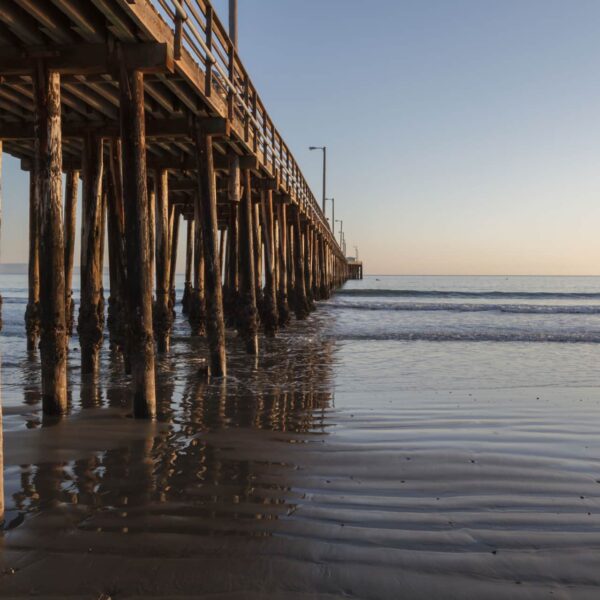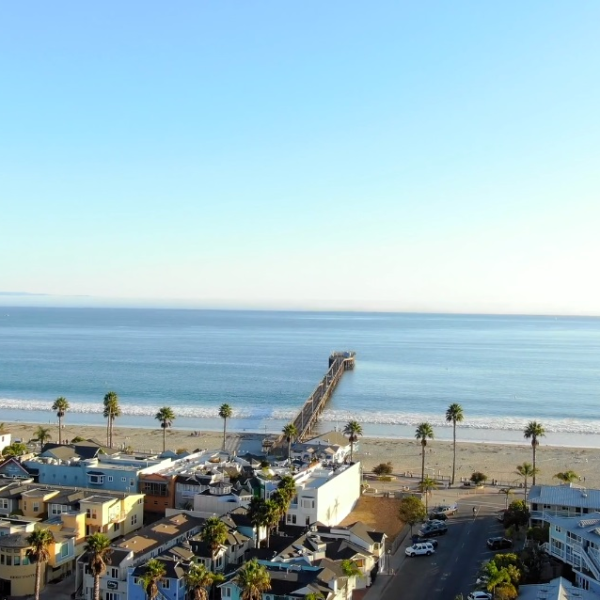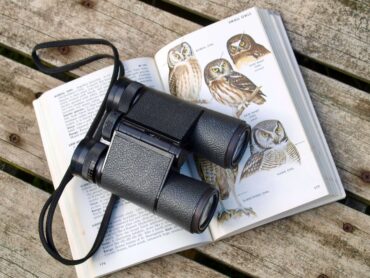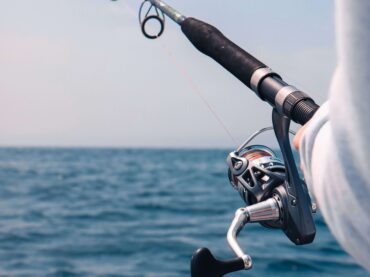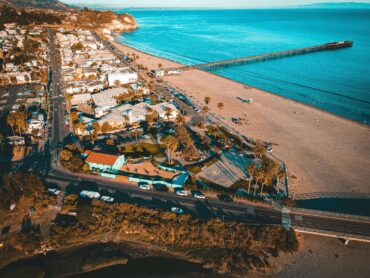
Location
About Avila Beach
Avila Beach, tucked along California’s Central Coast between Los Angeles and San Francisco, is a peaceful escape with milder weather than nearby beaches, thanks to the sheltering Point San Luis. Its serene atmosphere and scenic shores make it a hidden gem for visitors seeking tranquility.
Founded in the 19th century as a shipping port, Avila Beach is known for its natural hot springs and maritime history. Landmarks like the Point San Luis Lighthouse and three piers showcase its heritage, while whale watching has become a favorite seasonal attraction.
Today, Avila Beach offers a range of quiet activities, from beach relaxation and outdoor sports to wine tasting and local markets. The town’s restoration in 1999 has added modern touches, with inviting shops, restaurants, and cozy gathering spots, creating an ideal setting for a relaxing beachside retreat.
Strategic Location
Cobbo’s Beach House in Avila Beach is just steps from the shore and a short drive to essential destinations like the airport and highway, with local markets only a quick walk away. This charming house offers the perfect blend of convenience and tranquility, making it an ideal spot for a relaxing beachside retreat.
- Avila Beach: 3 min walk
- Avila Market: 7 min walk
- Airport: 15 min drive
- Motorway: 7 min drive
Read our Blog
Explore Avila Beach’s must-see attractions and activities to make the most of your next trip.
Bird Watching in Avila Beach: A Complete Guide
Introduction Bird watching in Avila Beach offers an incredible gateway into nature that is both relaxing and exciting. Whether you are a beginner or an …
12 Essential Fishing Tips for Avila Beach
Fishing tips are the secret weapon for both beginner and experienced anglers, and when it comes to Avila Beach, California, these insights become even more …
9 Best Beaches in California: Your Ultimate Guide
If you’re searching for the best beaches in California, you’ve come to the right place. In this guide, we explore the top coastal gems along …



